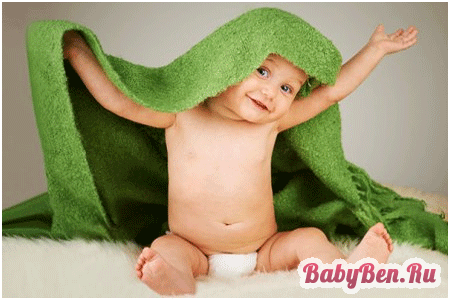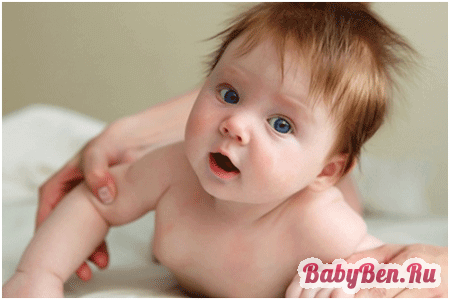
Racititis in children is a disease directly related to the lack of/emergency vitamin D and its derivatives at the time of the progressive growth of the young organism. With the development of rickets, children have a violation of the composition and formation of bones.

The content of the article
The causes of rickets
The first of the causes of rickets is the lack of sunlight, because In the light, the synthesis of vitamin D occurs. Children living near the equator are much less susceptible to this disease than residents of moderate-cold climate.
Babies are at greater risk, whose growing up is accompanied by artificial or mixed nutrition. Children nourished by mother's milk rarely get rickets. The reason for this is the ratio of calcium and phosphorus for various types of feeding the baby. In breastfeeding, a child with mother’s milk receives about 70% calcium and 50% phosphorus. When feeding artificial milk and mixtures, this indicator decreases to 30% calcium and phosphorus.
Symptoms of the disease
The first months of the disease does not have any pronounced symptoms. Rachite begins to manifest itself after 3-4 months. What is observed: sleep disturbance, anxiety, picky. An increased level of fright appears. Children shudder from unexpected sound or action. Constipation may occur. Increased sweating with a specific smell of sweat, itching. The frequently observed phenomenon is at night when the head swears, the child rubs on the pillow, which leads to the fact that the nape is bald. The muscles reduce their performance. The first stage lasts about a month, no bone deformations are observed during this.
At the second, progressive stage, physical and mental retardation may occur, in the bones of the chest, lower extremities, skull, the amount of organic substances exceeds mineral, which leads to their noticeable softening. When recovering, many symptoms go to no. However, with further growing up, all changes in the bones that appeared during rickets remain in adulthood.

Treatment of rickets
Each stage of the disease requires its treatment system. In many cases, the patient is prescribed medications with vitamin D. In addition to pills, a sick child advise more time to spend on the sun, make ultraviolet irradiation, massage, sunbathing, gymnastics, etc. The only thing is forbidden to use vitamin D in parallel with sun baths and UFOs. The pediatrician will appoint the necessary drugs in that ratio so that the excess amount of vitamins and minerals is observed. Self-medication in this case is very dangerous!
Prevention of the disease
Starting the prevention of Rahita to a woman should still during pregnancy, since against the background of the organism, the composition of minerals and vitamins varies - due to metabolism disorder. No tablets or special therapy are needed. To fulfill the balance of all necessary substances, a pregnant woman is enough to keep track of their food. Various fruits, fish, meat, lactic acid products should be present in the diet. Walking on the street, control of toxicosis and anemia. At birth, the baby needs to provide balanced nutrition, hardening, staying in the fresh air. It is very important to make gymnastics and massages.
But not always enough standard procedures. Sometimes it is better to consult with a specialist so that in the case of anything, he could write out a woman (up to 30 years) Vitamin D. Vitamin reception rate is designed for 2 months. Baby can also take vitamins. T.K. Each child has a different threshold of sensitivity to a particular preparation, acceptable to give small portions of vitamin D. For example, prevention can be started from 2 weeks after birth and up to a year and a half with doses of 150-400 meters per day. No need to take vitamins from March to August. Also after UVO, Vitamin can be started to take only after a month and a half.
There are cases when during the course of receiving vitamin D, the child decreases appetite. In this case, you need to check the ratio of calcium and phosphorus in the blood of the baby. The best option for prevention will appeal to the pediatrician. He, in accordance with the health of mom and her baby, will determine the appropriate program to prevent the appearance of Rakhit.
Rahit in children. Dr. Komarovsky.
